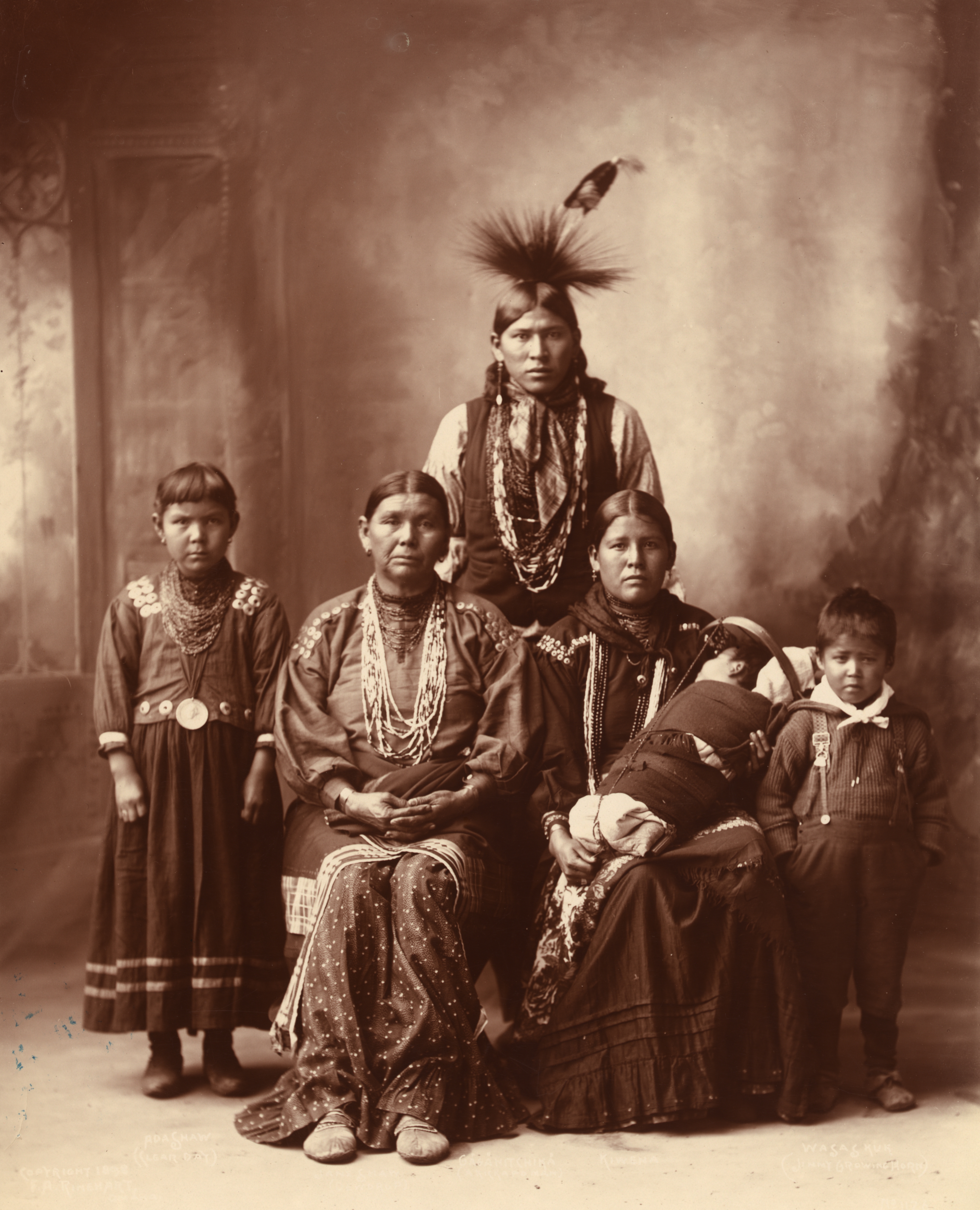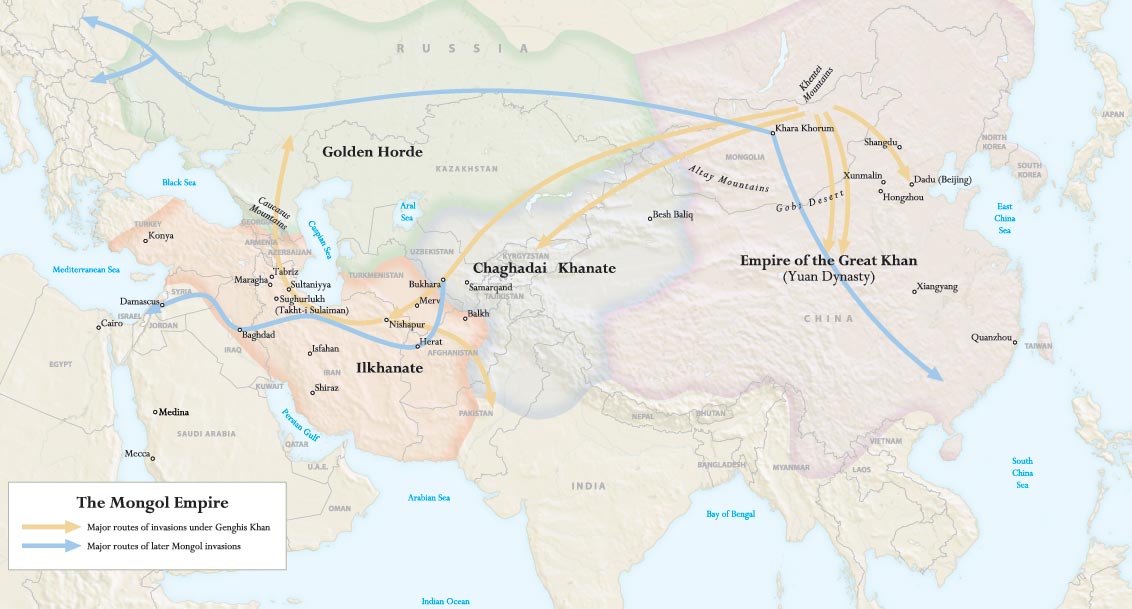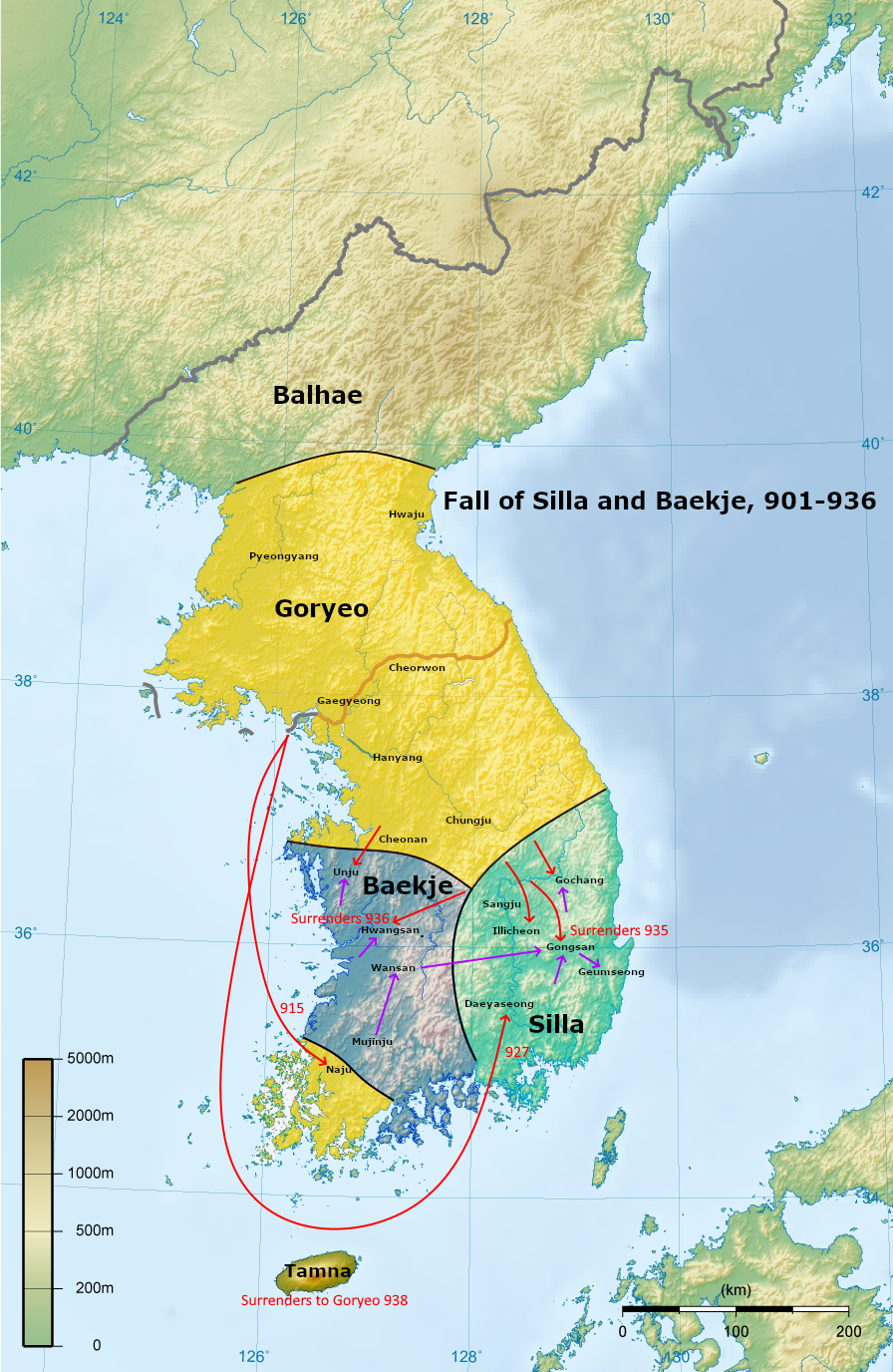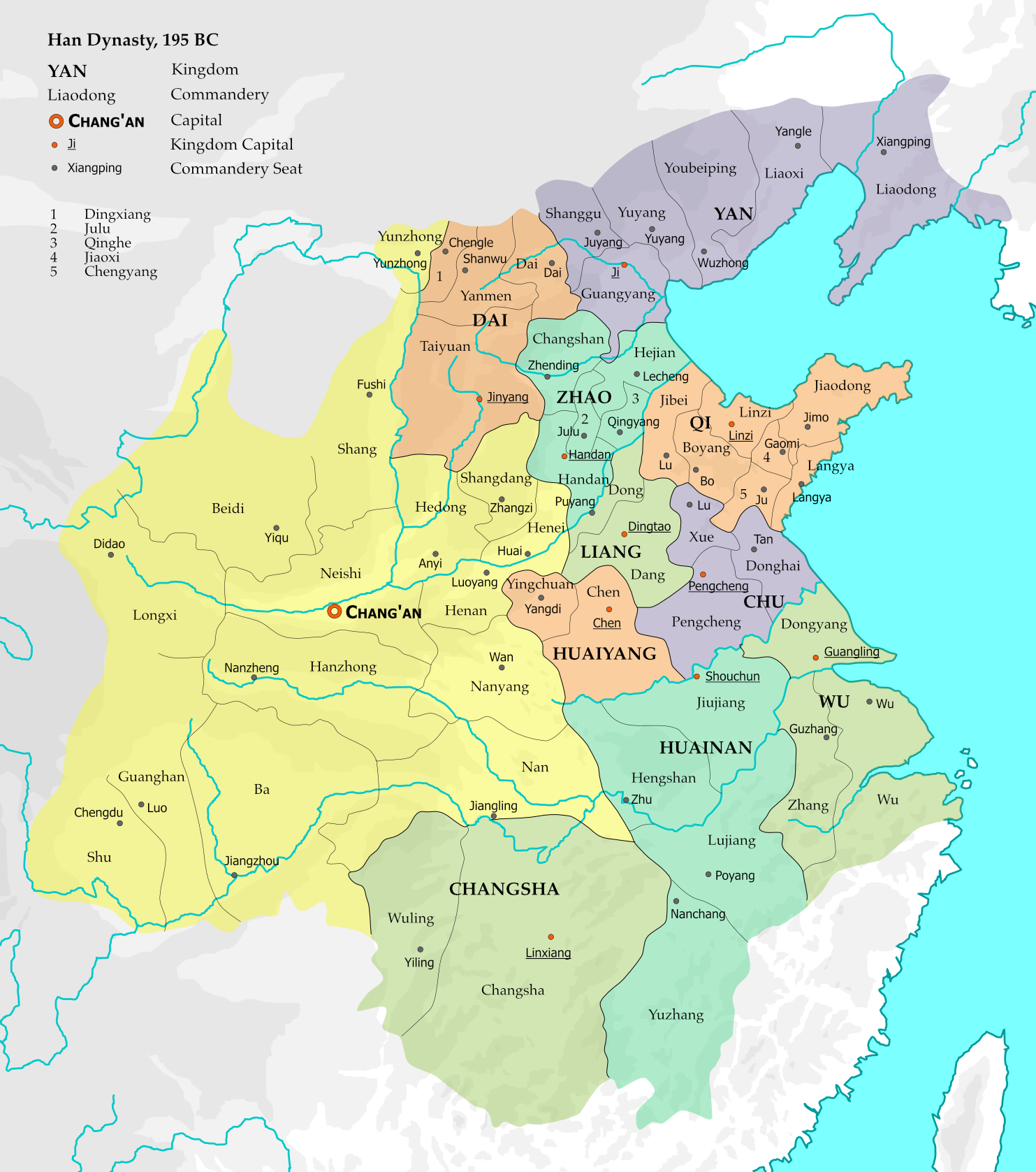|
Cheongju Yang Clan
Cheongju Yang clan () is one of the Korean clans. Their Bon-gwan is in Cheongju, North Chungcheong Province. According to the research held in 2015, the number of Cheongju Yang clan’s member was 38161. Their founder was who was a 43 th descendant of in Han dynasty. When Yang Gi was a ''Jinzi Guanglu Daifu'' (), Queen Noguk had a marriage to an ordinary person planned by Gongmin of Goryeo. Because of this, Yang Gi entered Goryeo as a fatherly master of Queen Noguk. Yang Gi became ''Gongsin'' () because he made a lot of contribution to diplomacy in Goryeo and Yuan dynasty. Yang Gi’s descendant founded Cheongju Yang clan and made Cheongju, Cheongju Yang clan’s Bon-gwan. See also * Korean clan names of foreign origin References External links * {{Cite book, author=, date=, title=Doosan Encyclopedia 외래귀화성씨 外來歸化姓氏, publisher=Doosan Encyclopedia ''Doosan Encyclopedia'' is a Korean language encyclopedia published by Doosan Donga (두산동아). ... [...More Info...] [...Related Items...] OR: [Wikipedia] [Google] [Baidu] |
Family
Family (from la, familia) is a Social group, group of people related either by consanguinity (by recognized birth) or Affinity (law), affinity (by marriage or other relationship). The purpose of the family is to maintain the well-being of its members and of society. Ideally, families offer predictability, structure, and safety as members mature and learn to participate in the community. Historically, most human societies use family as the primary locus of Attachment theory, attachment, nurturance, and socialization. Anthropologists classify most family organizations as Matrifocal family, matrifocal (a mother and her children), patrifocal (a father and his children), wikt:conjugal, conjugal (a wife, her husband, and children, also called the nuclear family), avuncular (a man, his sister, and her children), or Extended family, extended (in addition to parents and children, may include grandparents, aunts, uncles, or cousins). The field of genealogy aims to trace family lineages ... [...More Info...] [...Related Items...] OR: [Wikipedia] [Google] [Baidu] |
Queen Noguk
Princess Supreme Noguk (; d. 8 March 1365; ), also known as Queen Indeok () and Queen Mother Indeok () during her stepson, King U of Goryeo's reign, was a Yuan dynasty imperial family member as the great-granddaughter of Darmabala and niece of Princess Joguk who became a Korean queen consort though her marriage with Gongmin of Goryeo as his primary wife. Her personal name was Borjigin Budashiri ( mn, Будшир; xng, ᠪᠦᠳᠬᠠᠱᠢᠷᠢ; zh, 寶塔實里 or zh, 寶塔失里). She was the last Mongol ethnic who become Goryeo's queen consort. Life The future Princess Noguk was born Budashiri, a member of the Yuan dynasty's ruling Borjigin clan and a great-great-great-granddaughter of Kublai Khan. Though her birth year is unknown, she is recorded as having married the reformist monarch Gongmin of Goryeo in the Yuan capital of Khanbaliq in 1349, after which she went to live in Goryeo. Queen Noguk's marriage followed a practice established by Kublai Khan, where female ... [...More Info...] [...Related Items...] OR: [Wikipedia] [Google] [Baidu] |
Cheongju Yang Clan
Cheongju Yang clan () is one of the Korean clans. Their Bon-gwan is in Cheongju, North Chungcheong Province. According to the research held in 2015, the number of Cheongju Yang clan’s member was 38161. Their founder was who was a 43 th descendant of in Han dynasty. When Yang Gi was a ''Jinzi Guanglu Daifu'' (), Queen Noguk had a marriage to an ordinary person planned by Gongmin of Goryeo. Because of this, Yang Gi entered Goryeo as a fatherly master of Queen Noguk. Yang Gi became ''Gongsin'' () because he made a lot of contribution to diplomacy in Goryeo and Yuan dynasty. Yang Gi’s descendant founded Cheongju Yang clan and made Cheongju, Cheongju Yang clan’s Bon-gwan. See also * Korean clan names of foreign origin References External links * {{Cite book, author=, date=, title=Doosan Encyclopedia 외래귀화성씨 外來歸化姓氏, publisher=Doosan Encyclopedia ''Doosan Encyclopedia'' is a Korean language encyclopedia published by Doosan Donga (두산동아). ... [...More Info...] [...Related Items...] OR: [Wikipedia] [Google] [Baidu] |
Doosan Encyclopedia
''Doosan Encyclopedia'' is a Korean language encyclopedia published by Doosan Donga (두산동아). The encyclopedia is based on the ''Dong-A Color Encyclopedia'' (동아원색세계대백과사전), which comprises 30 volumes and began to be published in 1982 by Dong-A Publishing (동아출판사). Dong-A Publishing was merged into Doosan Donga, a subsidiary of Doosan Group, in February 1985. The ''Doosan Encyclopedia'' is a major encyclopedia in South Korea. Digital edition EnCyber The online version of the ''Doosan Encyclopedia'' was named EnCyber, which is a blend of two English words: ''Encyclopedia'' and ''Cyber''. The company has stated that, with the trademark, it aims to become a center of living knowledge. EnCyber provides free content to readers via South Korean portals such as Naver. Naver has risen to the top position in the search engine market of South Korea partially because of the popularity of EnCyber encyclopedia. When Naver exclusively contracted Doosan Do ... [...More Info...] [...Related Items...] OR: [Wikipedia] [Google] [Baidu] |
Korean Clan Names Of Foreign Origin
Korean clan names of foreign origin are clans (called bon-gwan in Korean) that claim descent from a progenitor of foreign origin, based on genealogical records. Authenticity The ancestral origins of many Korean clan names of foreign origin cannot be historically verified outside of a clan's own genealogical records: the ones from the Joseon period, as well as several from the Goryeo period, can be considered historical and factual, but the ones dating before the Goryeo period are impossible to confirm. The adoption of clan names and progenitors of Chinese origin was rare during the Three Kingdoms and Later Silla periods, but increased during the Goryeo period, despite clans not having actual historical connections to China, due to admiration and emulation of Chinese culture. There were some Korean clans that had an actual progenitor of Chinese origin, but many others made ancestral connections to China without any historical basis; most Korean clans that claim descent from Jizi, t ... [...More Info...] [...Related Items...] OR: [Wikipedia] [Google] [Baidu] |
Society For Cultural Interaction In East Asia
A society is a group of individuals involved in persistent social interaction, or a large social group sharing the same spatial or social territory, typically subject to the same political authority and dominant cultural expectations. Societies are characterized by patterns of relationships (social relations) between individuals who share a distinctive culture and institutions; a given society may be described as the sum total of such relationships among its constituent of members. In the social sciences, a larger society often exhibits stratification or dominance patterns in subgroups. Societies construct patterns of behavior by deeming certain actions or concepts as acceptable or unacceptable. These patterns of behavior within a given society are known as societal norms. Societies, and their norms, undergo gradual and perpetual changes. Insofar as it is collaborative, a society can enable its members to benefit in ways that would otherwise be difficult on an individual ba ... [...More Info...] [...Related Items...] OR: [Wikipedia] [Google] [Baidu] |
Academy Of Korean Studies
Academy of Korean Studies (한국학중앙연구원, AKS) is a South Korean research and educational institute with the purpose of establishing profound research on Korean culture. It was established on June 22, 1978, by Ministry of Education & Science Technology of South Korea (교육과학기술부). The Academy has dedicated to interpreting and analyzing Korean culture in general, defining the academic identity of Korean studies, and educating scholars. Korean Studies Journal published by the Academy of Korean Studies *'' Korea Journal'' *''Review of Korean Studies'' *''Korean Studies Quarterly'' Journals not published by the Academy of Korean Studies *''Korean Studies'', Hawaii *''The Journal of Korean Studies'', Seattle *''Encyclopedia of Korean Culture'' *''Acta Koreana'' See also *List of national universities in South Korea *List of universities and colleges in South Korea *Education in Korea Historically, Korea was differently ruled and named. The official records o ... [...More Info...] [...Related Items...] OR: [Wikipedia] [Google] [Baidu] |
Yuan Dynasty
The Yuan dynasty (), officially the Great Yuan (; xng, , , literally "Great Yuan State"), was a Mongol-led imperial dynasty of China and a successor state to the Mongol Empire after its division. It was established by Kublai, the fifth khagan-emperor of the Mongol Empire from the Borjigin clan, and lasted from 1271 to 1368. In orthodox Chinese historiography, the Yuan dynasty followed the Song dynasty and preceded the Ming dynasty. Although Genghis Khan had been enthroned with the Han-style title of Emperor in 1206 and the Mongol Empire had ruled territories including modern-day northern China for decades, it was not until 1271 that Kublai Khan officially proclaimed the dynasty in the traditional Han style, and the conquest was not complete until 1279 when the Southern Song dynasty was defeated in the Battle of Yamen. His realm was, by this point, isolated from the other Mongol-led khanates and controlled most of modern-day China and its surrounding areas, including ... [...More Info...] [...Related Items...] OR: [Wikipedia] [Google] [Baidu] |
Goryeo
Goryeo (; ) was a Korean kingdom founded in 918, during a time of national division called the Later Three Kingdoms period, that unified and ruled the Korean Peninsula until 1392. Goryeo achieved what has been called a "true national unification" by Korean historians as it not only unified the Later Three Kingdoms but also incorporated much of the ruling class of the northern kingdom of Balhae, who had origins in Goguryeo of the earlier Three Kingdoms of Korea. The name "Korea" is derived from the name of Goryeo, also spelled Koryŏ, which was first used in the early 5th century by Goguryeo. According to Korean historians, it was during the Goryeo period that the individual identities of Goguryeo, Baekje, and Silla were successfully merged into a single entity that became the basis of modern-day 'Korean' identity. Throughout its existence, Goryeo, alongside Unified Silla, was known to be the "Golden Age of Buddhism" in Korea. As the state religion, Buddhism achieved its highes ... [...More Info...] [...Related Items...] OR: [Wikipedia] [Google] [Baidu] |
Gongmin Of Goryeo
Gongmin of Goryeo (23 May 1330 – 27 October 1374), also known by his Mongolian language, Mongolian name, Bayan Temür., was 31st ruler of Goryeo from 1351 to 1374. He was the second son of Chungsuk of Goryeo, King Chungsuk. Biography Early life Goryeo had been a semi-autonomous vassal state Goryeo under Mongol rule, under the overlordship of the Mongol Yuan dynasty since the Mongol invasions of Korea in the 13th century. Starting with Chungnyeol of Goryeo, King Chungnyeol, prospective rulers of Korea married Mongolian princesses and were customarily sent to the Yuan Court, in effect, as hostages. As per this custom, King Gongmin spent many years in the Yuan court, being sent there in 1341, before ascending the Korean throne. He married a Mongolian princess who became Queen Noguk. The Yuan dynasty began to crumble during the mid-14th century, and was eventually conquered and replaced by the Ming dynasty in 1368. Reign With the disintegration of Yuan, which had forcibly allie ... [...More Info...] [...Related Items...] OR: [Wikipedia] [Google] [Baidu] |
Han Dynasty
The Han dynasty (, ; ) was an imperial dynasty of China (202 BC – 9 AD, 25–220 AD), established by Liu Bang (Emperor Gao) and ruled by the House of Liu. The dynasty was preceded by the short-lived Qin dynasty (221–207 BC) and a warring interregnum known as the ChuHan contention (206–202 BC), and it was succeeded by the Three Kingdoms period (220–280 AD). The dynasty was briefly interrupted by the Xin dynasty (9–23 AD) established by usurping regent Wang Mang, and is thus separated into two periods—the Western Han (202 BC – 9 AD) and the Eastern Han (25–220 AD). Spanning over four centuries, the Han dynasty is considered a golden age in Chinese history, and it has influenced the identity of the Chinese civilization ever since. Modern China's majority ethnic group refers to themselves as the "Han people", the Sinitic language is known as "Han language", and the written Chinese is referred to as "Han characters". The emperor was at the pinnacle of ... [...More Info...] [...Related Items...] OR: [Wikipedia] [Google] [Baidu] |
Royal House
A dynasty is a sequence of rulers from the same family,''Oxford English Dictionary'', "dynasty, ''n''." Oxford University Press (Oxford), 1897. usually in the context of a monarchy, monarchical system, but sometimes also appearing in republics. A dynasty may also be referred to as a "house", "family" or "clan", among others. Historians periodization, periodize the histories of many states and civilizations, such as Ancient Iran (3200 - 539 BC), Ancient Egypt (3100 – 30 BC) and History of China#Ancient China, Ancient and Imperial China (2070 BC – AD 1912), using a framework of successive dynasties. As such, the term "dynasty" may be used to delimit the era during which a family reigned. Before the 18th century, most dynasties throughout the world have traditionally been reckoned patrilineality, patrilineally, such as those that follow the Franks, Frankish Salic law. In polities where it was permitted, succession through a daughter usually established a new dynasty in ... [...More Info...] [...Related Items...] OR: [Wikipedia] [Google] [Baidu] |

.jpg)




